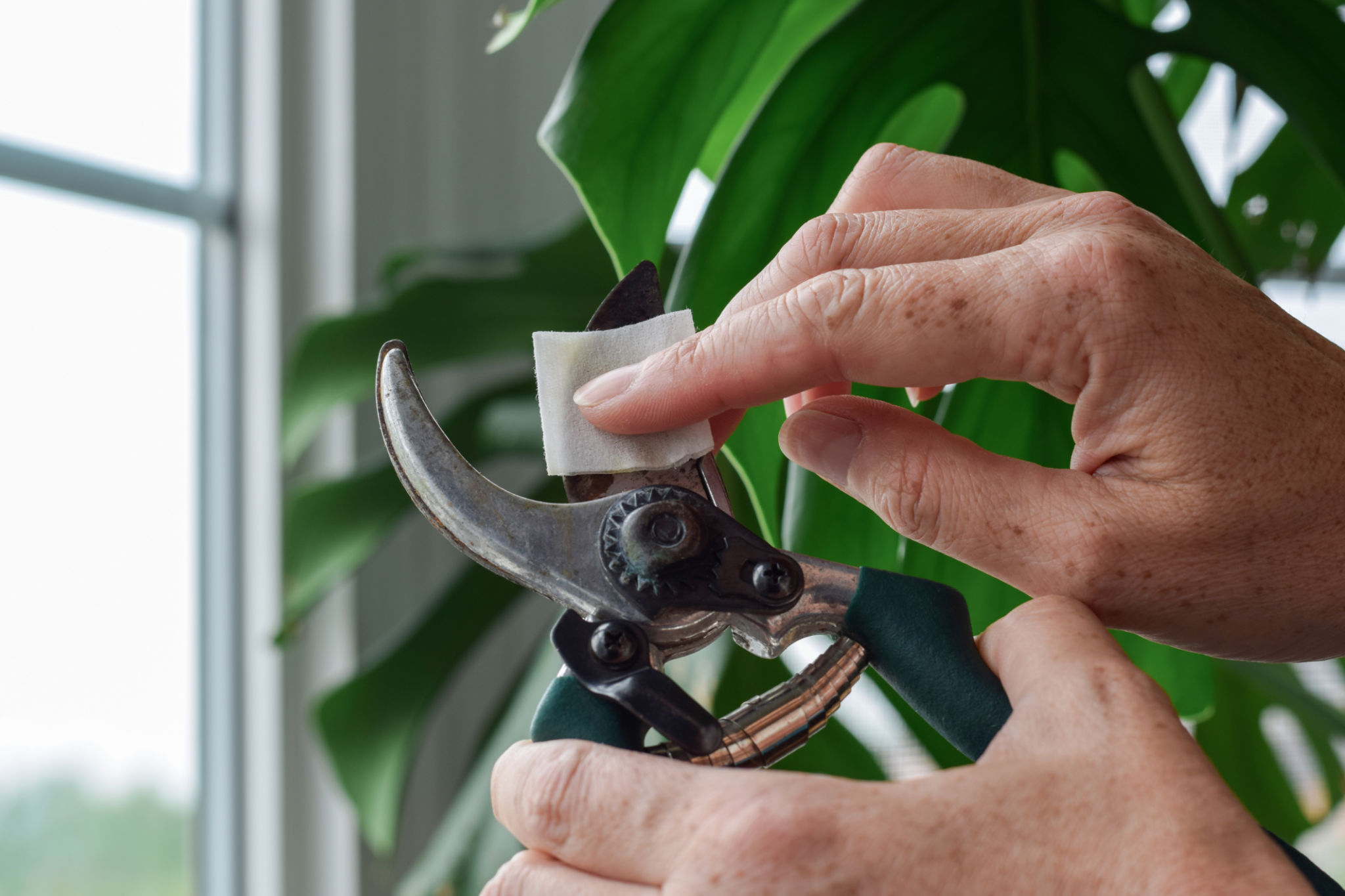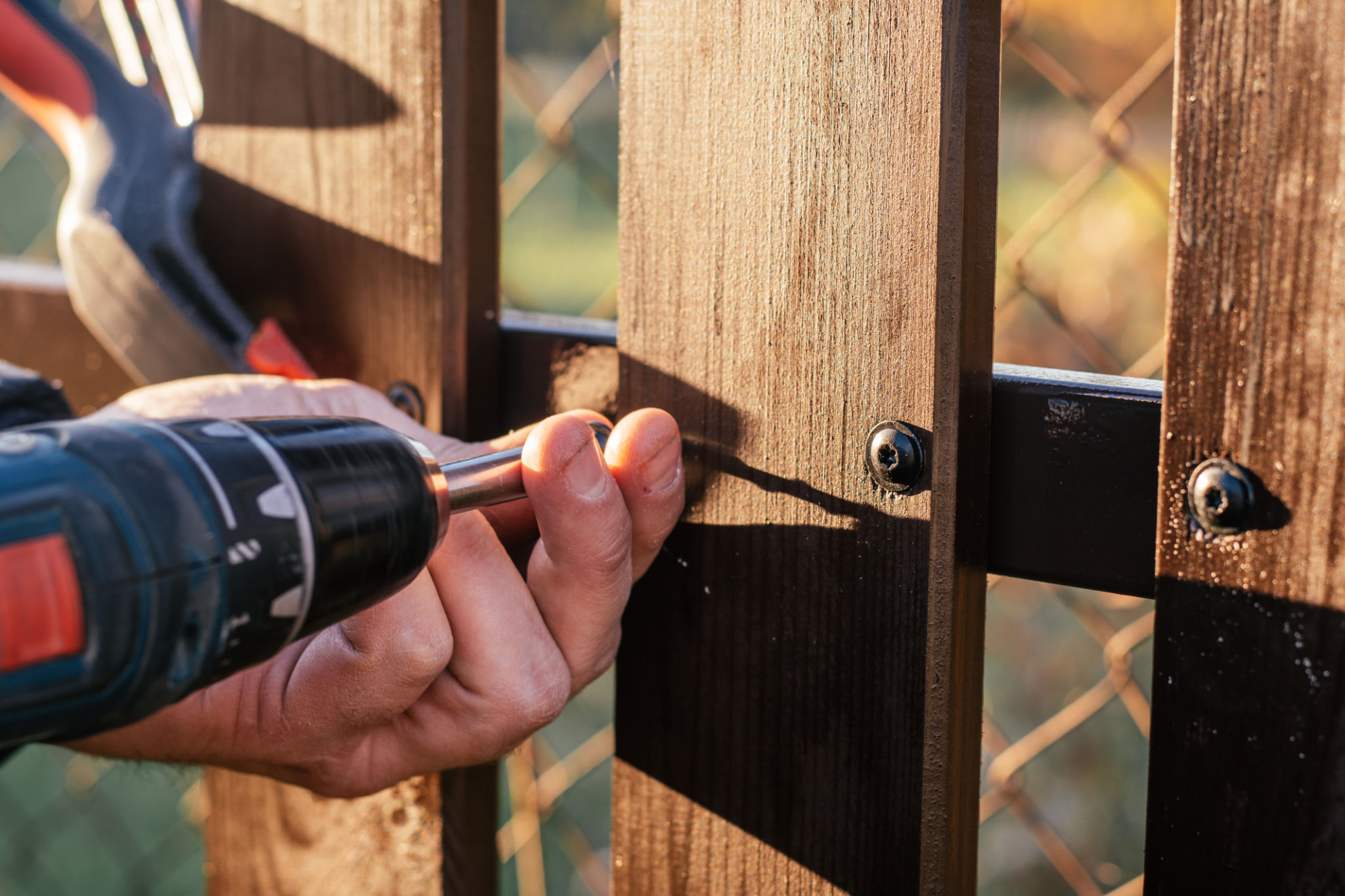Preparing Your Anderson Home for a New Vinyl Fence: Seasonal Tips
Understanding the Benefits of a Vinyl Fence
Vinyl fencing has become a popular choice for homeowners in Anderson looking for a durable and low-maintenance option. Vinyl fences are known for their long lifespan, resistance to elements, and aesthetic appeal. Unlike wood, vinyl does not warp or rot, making it an excellent investment for your property. With various styles and colors available, a vinyl fence can complement any home design.

Assessing Your Property
Before installing a new vinyl fence, it’s crucial to assess your property. Begin by identifying the boundaries of your land to ensure compliance with local regulations and avoid any disputes with neighbors. Check for any existing obstructions such as trees or large rocks that may interfere with the installation. It's also important to consider the slope of your land, as this can affect the type of fencing that will be most effective.
Preparing for Seasonal Challenges
Seasonal changes in Anderson can impact the preparation and installation of your new vinyl fence. For instance, wet and muddy conditions can make it difficult to dig post holes, while overly dry soil might require pre-watering for easier installation. Consider the season when planning your installation to ensure optimal conditions.

Essential Tools and Materials
Gathering the right tools and materials is a key step in preparing for your new fence. You’ll need basic tools such as a post hole digger, level, measuring tape, and stakes. Additionally, ensure you have all necessary materials like concrete mix for setting posts and the vinyl fence panels themselves. Having everything ready will streamline the installation process.
Planning Your Fence Layout
Once you’ve assessed your property and gathered materials, it’s time to plan the layout of your fence. Use stakes and string to outline where the fence will be installed. This visual guide will help you determine where posts should be placed and ensure a straight, even fence line. Planning the layout carefully can prevent issues during installation.

Complying with Local Regulations
Before beginning installation, check with local authorities regarding any regulations or permits required for fencing in Anderson. Some neighborhoods have guidelines concerning the height and style of fences that are allowed. Ensuring compliance with these regulations is vital to avoid fines or having to make costly adjustments later.
Installation Tips for Different Seasons
The season can impact how you approach installing your vinyl fence. In spring, when the ground is thawing, it's often easier to dig holes. However, be mindful of spring rains that can saturate the soil. During summer, you’ll have longer daylight hours but may need to contend with hard, dry ground. Ensure you stay hydrated and take breaks if working in high temperatures.
Maintaining Your New Vinyl Fence
Once your vinyl fence is installed, maintaining it is relatively simple. Regular cleaning with soap and water is usually sufficient to keep it looking new. Inspect the fence periodically for any damage from weather or other factors. Addressing issues promptly will help prolong the lifespan of your fence.
